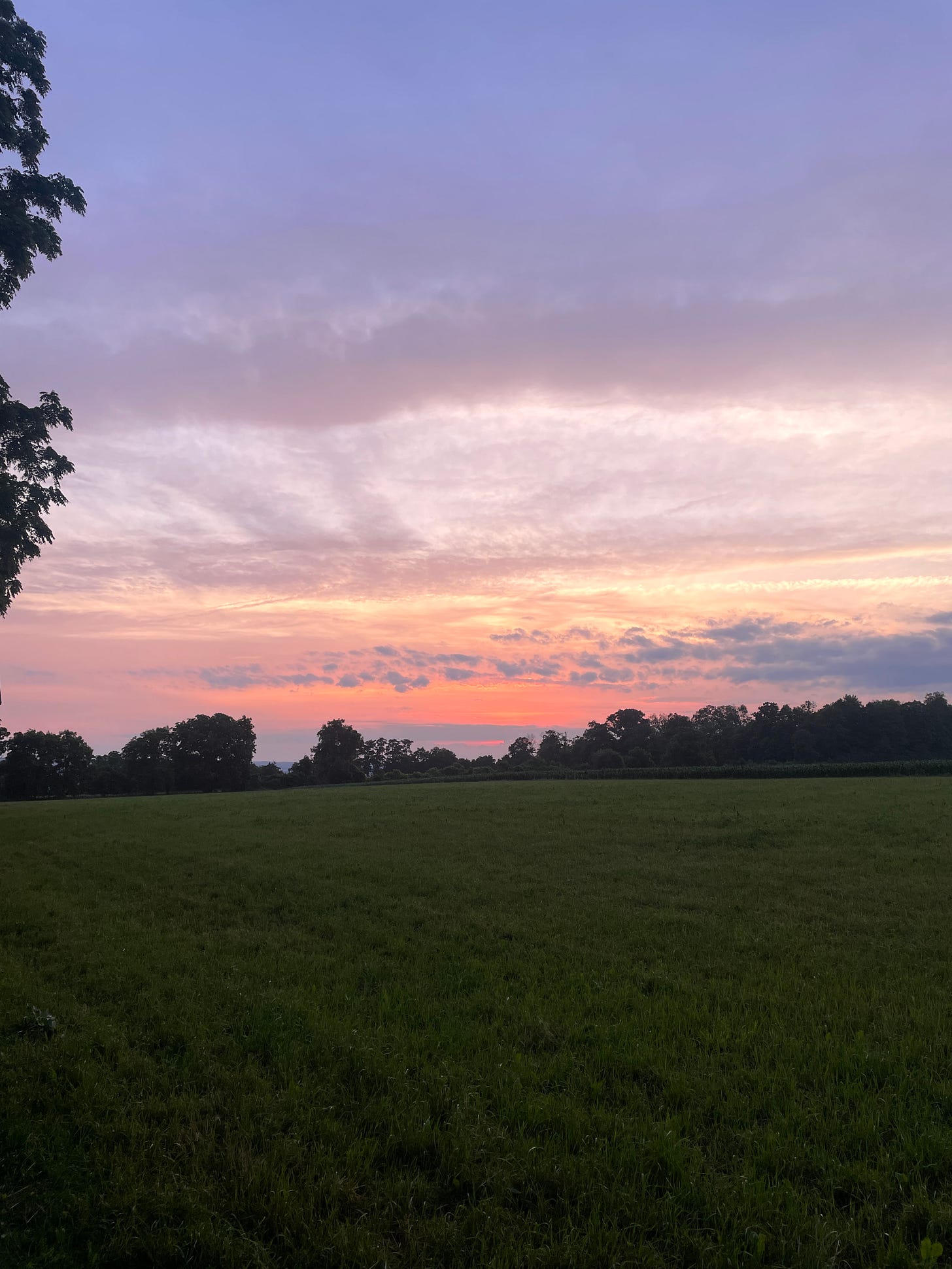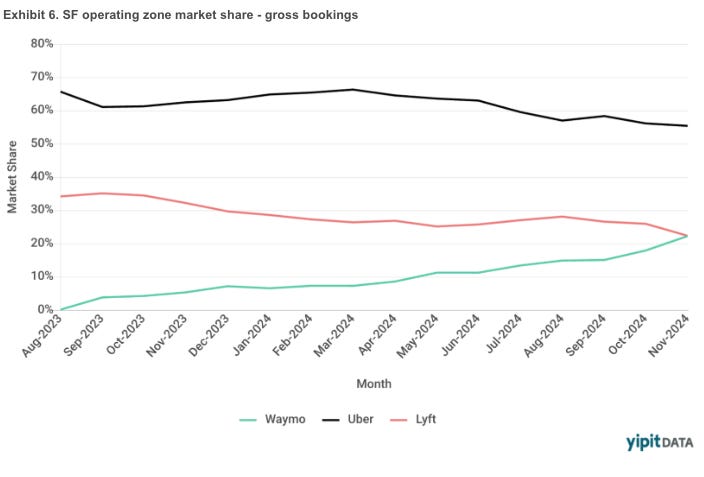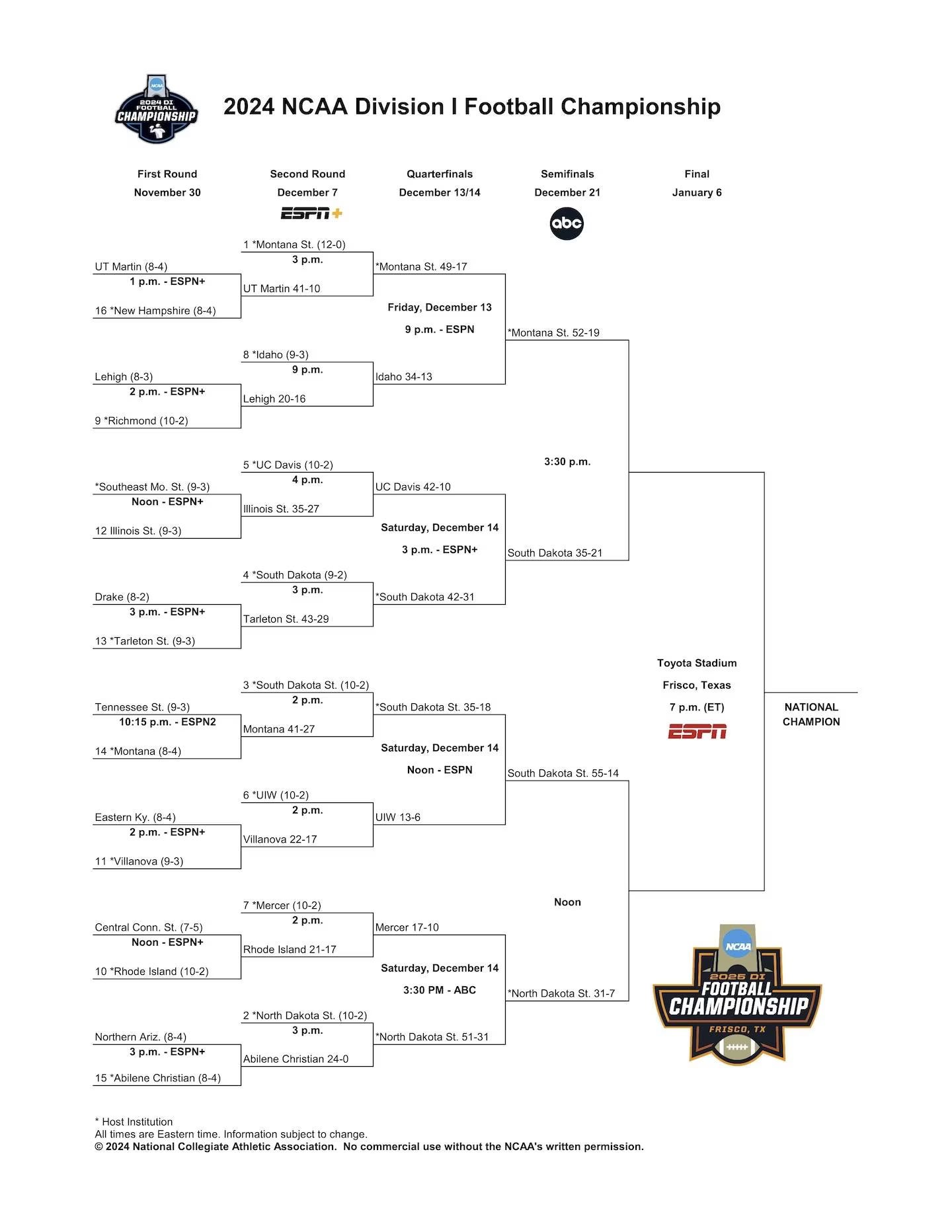Ivy League in College Football Playoff, Why Restaurants are So Loud, & More.
Around the College Towns: Links and commentary related to urbanism and higher ed for the week of Dec. 14 - Dec. 20.
Ivy League Joining College Football Playoff
The Ivy League just announced that its schools will participate in the college football playoff next season. No, not the College Football Playoff National Championship presented by AT&T with schools like Georgia or Oregon, which is happening for the first time next week. Instead, it’s the longer-running Division I Football Championship Subdivision (FCS) playoffs, which features schools like Montana State and South Dakota. While it doesn’t get as much attention as the top league, it is arguably a purer form of college football since it is not consumed by ads and TV money. Bringing Harvard and Yale to compete with these regional state schools will only add to the intrigue. Good times are ahead for college football.
Colleges Towns Throw Off Economic Data
Over at
’ Substack, Slow Boring, there’s a guest post talking about the difficulties in addressing placed-based inequalities because geographic data is often fraught. One of the key points is how college towns often have high poverty rates but still good health outcomes. However, there is no mysterious paradox here, it is just that these places have a lot of students, who don’t earn much as measured through taxes and are also young.Poverty is high in College Station TX (home of Texas A&M), Columbia MO (U of Missouri), Auburn AL (Auburn U), Iowa City (U of Iowa), and State College PA (Penn State) — rivaling poverty rates in inland California and job-losing Great Lakes metros — but college attainment is high and unemployment is low.
It is a good lesson that data and numbers can hide the true meaning of a place. It is important to look deeper, plus even better to go visit and have a look around with your own eyes.
When a College Dies, the Town Suffers
The Chronicle of Higher Education has a nice feature on the closure of Wells College and its impact on the town of Aurora, New York. The town is tiny, really a village—it is beautiful yet isolated. I visited Wells and Aurora this past summer, highlighting these same issues in my research on Dead and Dying Colleges as this article.

Much of what I found was reported in this recent article, as the surrounding community is concerned with the loss of students and staff on the social and economic functions of the area. The town loses an important civic Third Place. It is a sad situation indeed, which I will continue to cover for my upcoming book project on the topic.
A Deep Dive into Why Restaurants Are So Noisy
Speaking of Third Places, restaurants often make for good hangout spots, especially little family-owned diners and eateries that double as bars. But sometimes restaurants are just too darn loud. The article includes interactive features behind the science of noise at restaurants. Apparently, the research says that they have not been getting louder (I guess I am just getting older…).
I have always thought that restaurants play music loudly so it would be kind of annoying to be in there, making it difficult to have nice conversation. This makes people leave as soon as they are done eating. All about table turnover for them; it just undercuts restaurants as Third Places. Look out for a future article on this topic.
Waymo’s Year-in-Review Impresses
Finally, with the New Year rapidly approaching, we are seeing more Year-in-Review articles. One that caught my eye came from Waymo, the self-driving car company. It reported doing 150,000 trips every week in just Phoenix, San Francisco, and LA, with Austin coming soon. I was one of them! It is certainly the future, but it is also the now. Waymo usage has already equaled that of Lyft in San Fran. My guess is it will catch Uber there by New Year 2026. I do not hide my bullishness for this tech.







